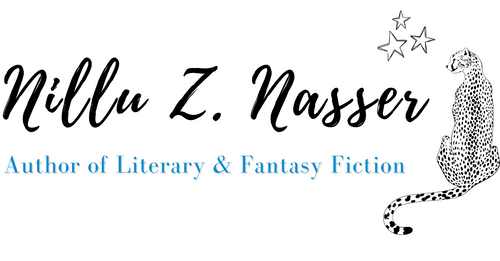
Photo by Nick Kenrick
A very long time ago, I read Jane Austen’s Sense and Sensibility. I’ve not revisited the novel in years – the last time was seeing the 1995 adaptation featuring Emma Thompson and Kate Winslet (and oh, how I still miss Alan Rickman) – but this week memories of it surfaced while I worked on my current novel. Uppermost in my mind: where is the line between making readers feel and being sentimental in fiction?
Double Standards and Making Active Choices as an Author
Being sentimental is a criticism that is often thrown at women writers, and is sometimes used as a reason why their work isn’t ‘serious’ fiction, particularly if the woman writes about relationships. As an author, I’m unapologetic about wanting readers to feel as well as think. I’m pleased if my stories drive readers to tears, if they can’t escape the characters long after they have finished a book. But how do you as an author generate legitimate emotion? Can feelings in narrative ever be excessive?
Anti-Sentimentalists
Male-defined, anti-sentimental modernism à la Hemingway suggests that sentimentalism is phony and indulgent. Sentimental writers are accused of an intrusive narrative hand that manipulates reader emotions instead of letting the characters and events speak for themselves. In this viewpoint, the author whispers in the reader’s ear, telling them what to feel. Events should unfold in a way that feels seamless and true to the world and characters, without appearing to force emotion.

Photo by Alice Popkorn
Is Sentimentalism Distasteful?
There is a difference between feeling and excessive emotion. Sentimentalism is clichéd and lacks subtlety. It’s a sibling to nostalgia and hysteria. The sticky sweetness of its tone can be like a Snapchat filter: not authentic enough to really satisfy.
The flip-side is that sentimentality can be fun and appeal to hidden yearnings, connect us to our pasts and be a release for pent up emotions. It can be a guilty pleasure that serves to make us feel good. It’s the hallmark of certain genres such as romance and young adult fiction/movies. It’s a feature of schmoozy ballads and greeting cards. Think Twilight or Michael Bublé, Titanic or Céline Dion.
Snobbery in Art
Can art be sentimental? Who defines what art is? Often after seeing a film or a play, or reading a book, I head to newspapers for literary and film criticism, but also to review sites to find out how other consumer opinions compare to mine. This three-pronged approach brings balance. I’ve tired of the all-encompassing power of gatekeepers to tell us which art is valuable, but neither are market forces the only measure of worth. Art exists under spotlights but also at the edges where you’d least expect it.
What is more, tastes vary, and one person can appreciate a range of different genres. Art can make us think, or feel, or both. Readers have varied relationships to texts based on their own experiences. For me both cult films like Withnail and I and the sentimental La La Land are art. Likewise David Nicholls’ One Day and Cormac McCarthy’s The Road.

Photo by Nick Kenrick
Guiding Principles
Fiction holds a mirror up to the world. If stories feel emotionally true rather than contrived, the author is on the right track. Authors looking to avoid sentimentality should avoid a heavy narrative hand. Feeling happens in the white space between the lines, in the realm that exists between the author’s world and the reader’s reception and processing of it. Allowing an event to speak for itself is a more subtle way to elicit emotion than wringing out emotion using prolonged internal narrative.
However, we shouldn’t confuse emotional depth with sentimentality. Women process – and write about – the world in ways that are different to men. Their viewpoint is no less valid. Excavating emotions are an important part of a fiction writer’s calling. Without the lens into another person’s soul, we can’t understand them better. Humans are both brain and heart.
As for Elinor and Marianne in Sense and Sensibility, the two sisters are markedly different from one another. One values logic above all else; the other rides a storm of emotions. If memory serves me correctly, Elinor’s restraint doesn’t mean she is unfeeling; Marianne’s passion doesn’t mean she is always foolish. To gain happiness, they have to learn from each other.
As we make art and consume it, we should remember what is considered cool or high-brow is culturally scripted. There is a place for everything, and snobbery in art is unhelpful to its overall flourishing.
